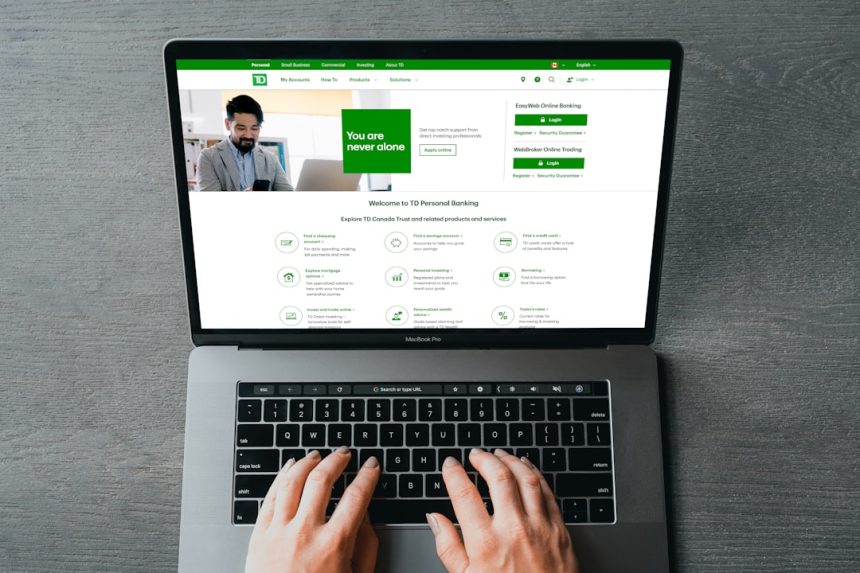Got a law firm website? Great. But if your images aren’t optimized, you’re missing out. Yes, images can help your SEO. Not just a little—a lot. They’re not just eye candy. They help Google and people understand your site better. So, how can you make your legal website images work harder for you? Let’s break it down in a fun and simple way.
1. Name Your Images Like a Pro
Forget names like IMG_1234.jpg. That tells Google nothing. Be clear and specific. Imagine you have a picture of a lawyer shaking hands with a client. Name it:
- lawyer-meeting-client.jpg
- personal-injury-attorney-handshake.jpg
Keep it lowercase. Use hyphens between words. No spaces or random numbers.
2. Use the Right File Types
You want fast load times—not a slow-motion courtroom drama. Use these formats:
- JPEG – Great for photos with lots of detail. Small file, good quality.
- PNG – Best for logos or images with transparency.
- WebP – Super modern and efficient. If your site supports it, go for it!
3. Resize for Speed
No one needs a 4000-pixel-wide photo of a courtroom gavel. Resize your images based on where they’re going. For example:
- Header images: around 1920 pixels wide
- Content images: 800 to 1200 pixels wide
- Thumbnails: 150 to 300 pixels wide
Big images slow load times, and slow pages can lower SEO rankings.
[ai-img]legal website, seo image tips, lawyer site optimization[/ai-img]
4. Compress, Compress, Compress!
Raw image files are heavy. Compress them without losing quality. Use tools like:
- TinyPNG
- ImageOptim
- Krika or Squoosh
This helps your site load faster—a big SEO win!
5. Alt Text is Your BFF
Alt text describes your image for screen readers and search engines. It’s super important for accessibility and SEO. Keep it simple and relevant. For example, if your image shows a family talking to a divorce lawyer, use:
Alt=”Family consultation with a divorce attorney in an office”
Think of it as captions for Google. Help search engines understand what your image is about.
6. Add Captions if It Makes Sense
Captions aren’t always needed, but if your image tells a story—add one. People scan pages, and captions grab attention fast. Even Google notices them.
7. Use Structured Data When Needed
This one’s a bit fancy, but it’s worth it. If you have special images like awards or legal badges, use schema markup. This helps your site rich snippets in search results. Tools like Google’s Structured Data Markup Helper can assist.
8. Don’t Overdo It
Legal websites should look professional. Don’t throw in images just to impress Google. Use them to help the content, not overwhelm it. Quality over quantity!
[ai-img]law firm team, website optimization, meeting clients[/ai-img]
9. Make Sure Images Are Mobile-Friendly
Over half of web traffic is on mobile. Use responsive images that adjust to screen size. Ask your web developer to use the srcset attribute. It tells browsers which image version to load based on device. Faster load, happier users.
10. Test and Monitor
Finally, keep an eye on your image performance. Use:
- Google PageSpeed Insights – to spot slow-loading images
- Google Search Console – to check if images are indexed
Always be optimizing!
Final Verdict
Optimizing images on your legal website might feel like a small detail, but in SEO, small things matter. Proper names, smaller sizes, and accurate descriptions? They make Google trust your site. And trust equals traffic.
So next time you upload a picture of your law office or courtroom win, don’t just toss it online. Treat your images like your case files—with care and attention to detail.
Your SEO will thank you.








